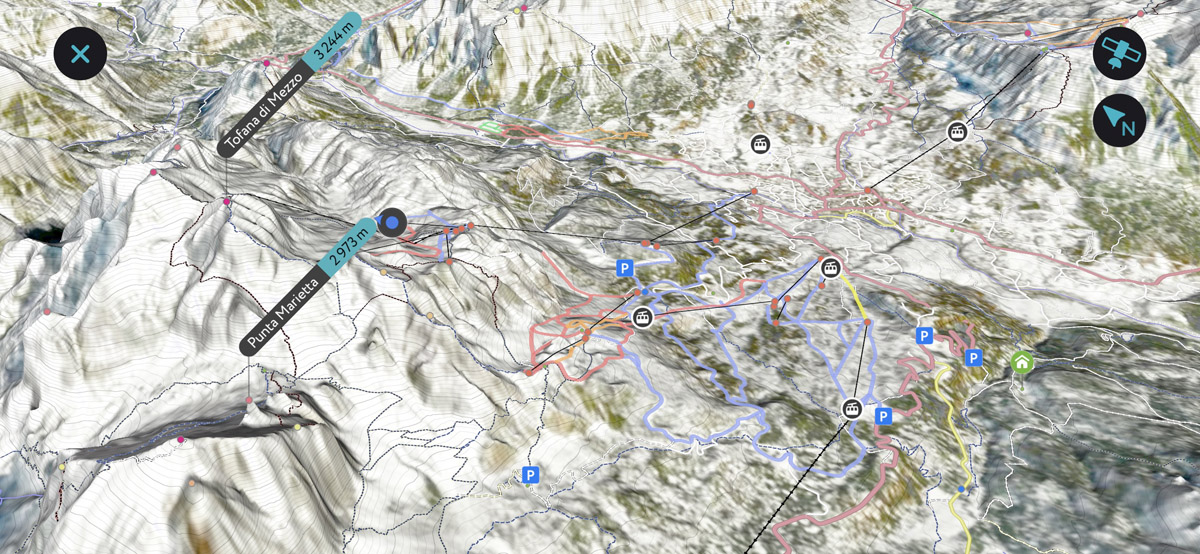Get PeakVisor App
Sign In
Search by GPS coordinates
- Latitude
- ° ' ''
- Longitude
- ° ' ''
- Units of Length

Yes
Cancel
Share ×

Scan the QR code and open PeakVisor on your phone
❤ Wishlist ×
Choose
Delete
Odisha—pronounced oh-ris-suh—is a state in eastern India. Like most places in India, it’s a kaleidoscope of culture, cuisine, heritage, and, best of all, mountains. It’s not the Himalaya, but Odisha is home to the Eastern Ghats, which cut a large swath through the state. Odisha’s protected areas include the Similipal Biosphere Reserve, Satkosia Tiger Reserve, and Nandankanan Zoological Park. Culturally, the state is a juxtaposition between highly industrial cities and rural, tribal communities. There are 1426 named mountains in Odisha. Deomali (1,675 m / 5,495 ft) is the highest point. The most prominent mountain is Mahendragiri (1,502 m / 4,928 ft).
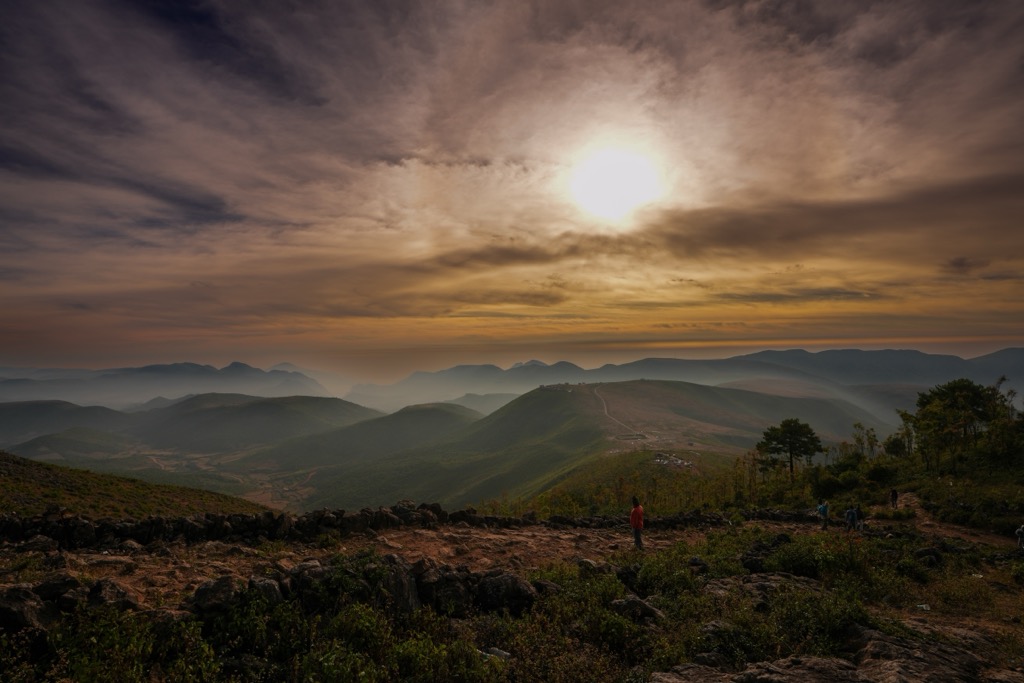
Odisha spans 155,707 square kilometers and is bordered by the Bay of Bengal to the east, Chhattisgarh to the northwest, Telangana to the southwest, Andhra Pradesh to the south, West Bengal to the northeast, and Jharkhand to the north.
The Eastern Ghats stretch across western and southern Odisha, forming a series of rugged hills and plateaus. Peaks like Deomali, the highest in Odisha at 1,672 meters (5,495 ft), and Mahendragiri (1,501 meters / 4,928 ft) dominate the landscape. These mountains are geologically ancient, composed of metamorphic and igneous rocks that are over a billion years old. The terrain is rich in resources, including bauxite, iron ore, and manganese, making Odisha an important center for mining in India. Interspersed with deep valleys and cascading waterfalls, the Eastern Ghats serve as watersheds for several rivers.

The state's coastline stretches for approximately 485 kilometers. The Mahanadi River, one of India's major river systems, flows through Odisha, forming a vast delta before emptying into the Bay of Bengal. Other important rivers include the Brahmani, Baitarani, and Subarnarekha. These rivers also feed a network of wetlands, estuaries, and the famous Chilika Lake, Asia’s largest brackish water lagoon.
The Eastern Ghats are a discontinuous range of mountains stretching along India's eastern coast, passing through Odisha, Andhra Pradesh, Telangana, and Tamil Nadu. They are over 2.5 billion years old and date back to the Precambrian era.
Specifically, the Eastern Ghats in Odisha comprise high-grade metamorphic rocks like khondalite, granite gneiss, and quartzite. This indicates a history of intense geological processes, like metamorphism, and suggests that the Eastern Ghats were once part of a much larger mountain system that has eroded over millions of years. Unlike the Western Ghats, which form a continuous escarpment, the Eastern Ghats are fragmented, with gaps created by the slow erosion of rivers like the Mahanadi, Godavari, and Krishna.
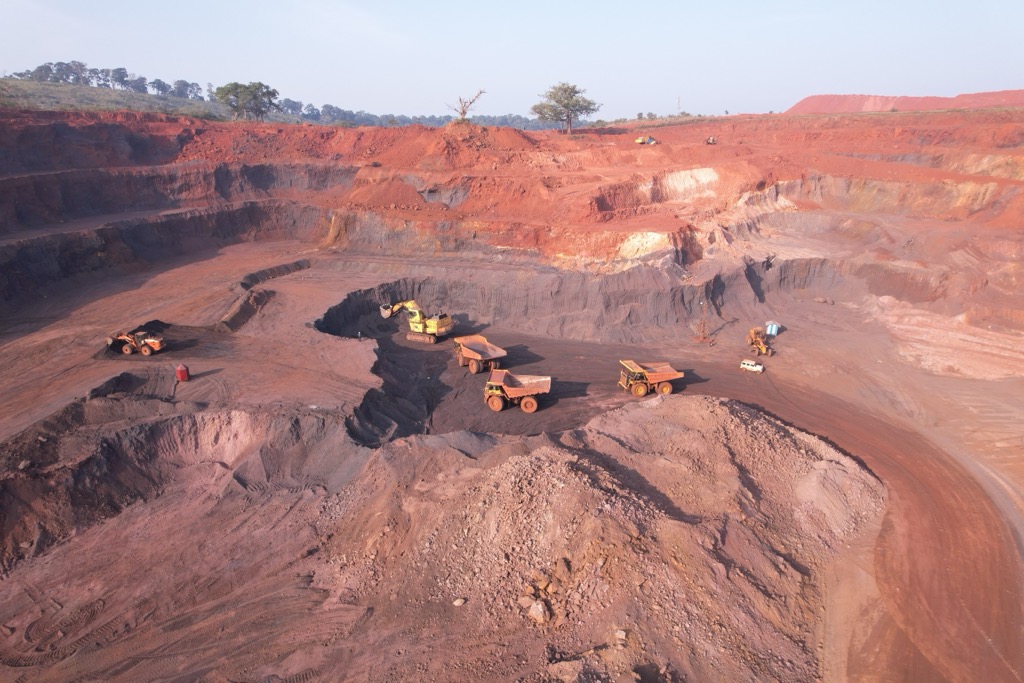
The Eastern Ghats contain vast deposits of bauxite, chromite, manganese, iron ore, and graphite, contributing to aluminum and steel production. However, large-scale mining activities have also disrupted Odisha’s natural environment. The state is largely deforested, and many cities are polluted, like Rourkela, which is dominated by a massive steel plant.
Additionally, the region is tectonically active, with minor seismic activity occasionally recorded due to the movement of deep crustal faults.
Odisha is subject to a tropical monsoon climate, with hot summers, mild winters, and a well-defined monsoon from June to September. The South Asian Monsoon is the world’s most crucial rainy season; over a billion people directly rely upon these rains each summer. It’s what sustains Odisha’s subsistence farmers, who make up the vast majority of the state’s population.
Odisha lies in a high-risk zone along the warm waters of the Bay of Bengal, making its coastal areas particularly vulnerable to cyclones. Recent storms like Cyclone Fani (2019) and Cyclone Phailin (2013) have caused widespread damage. Inland regions are relatively drier, especially the western districts, which experience periodic droughts.
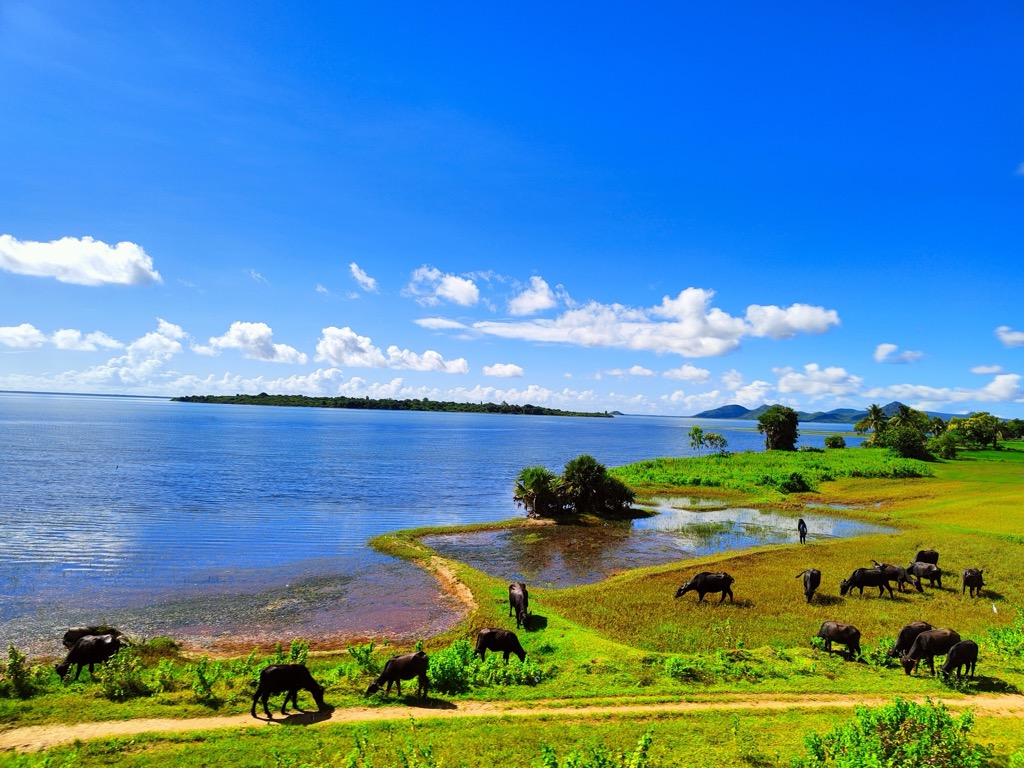
Odisha’s biomes range from coastal wetlands and mangrove forests to dense inland forests and the rolling hills of the Eastern Ghats.
The state is home to some of India’s most significant ecosystems, including the Chilika Lake, the Similipal Biosphere Reserve, and the Bhitarkanika Mangroves. Chilika Lake, Asia’s largest brackish water lagoon, is a crucial habitat for migratory birds. The Bhitarkanika Mangroves, a UNESCO Ramsar site, house one of the world’s largest populations of saltwater crocodiles and are an essential breeding ground for endangered Olive Ridley sea turtles, which nest along Odisha’s coastline at Gahirmatha Beach.
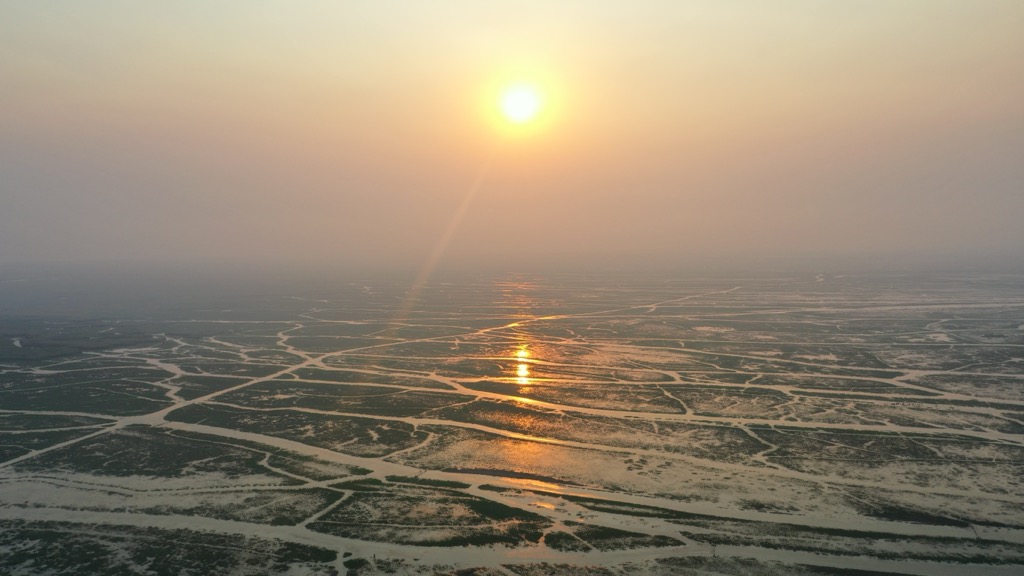
Odisha’s forests cover nearly 32% of the state’s land area. However, millennia of agricultural clearing and, more recently, the development of mining and mineral processing facilities have significantly disrupted these forests. Historically, the state was home to vast swaths of habitat for Bengal tigers, elephants, leopards, and sloth bears.
Fortunately, there is still some habitat for India’s biodiversity. The Similipal Biosphere Reserve is one of India’s most important tiger reserves; it remains a stronghold for the Royal Bengal Tiger and the rare black melanistic tiger. As of 2024, an estimated 30 tigers are in the reserve, accounting for the entirety of Odisha’s female tiger population. Therefore, Similipal is the only place where tigers actively breed across the state, although a few lone males were found in other forested regions. To read more about the recent survey, check out this article from The Hindu. For an excellent background on Tiger conservation in India, check out Saving India’s Tigers.
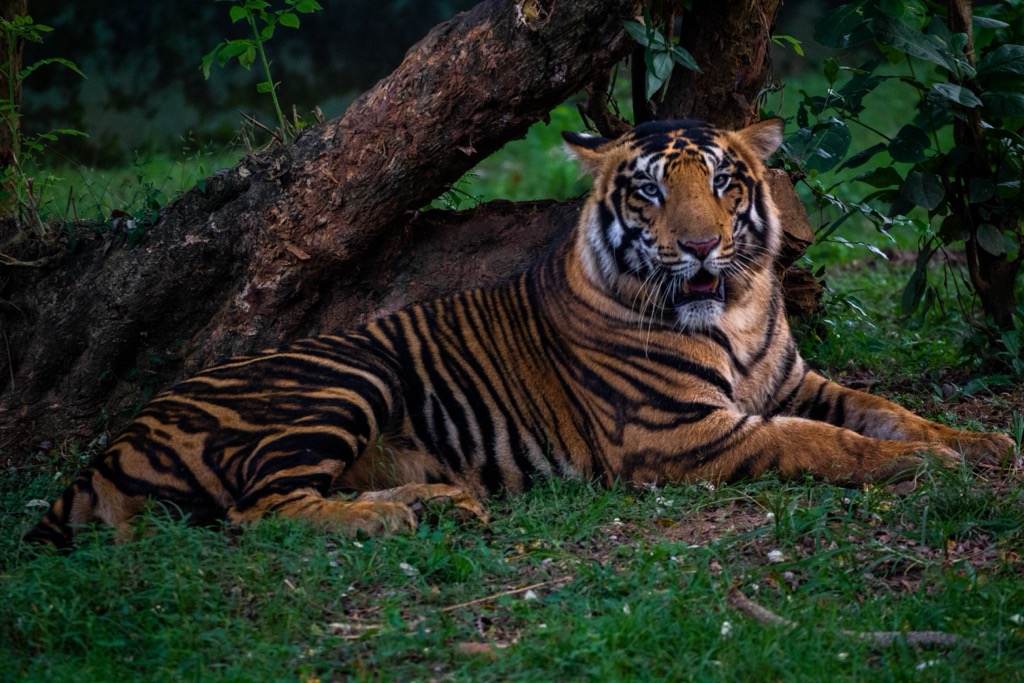
Other than Similipal, the forests of Kandhamal, Keonjhar, and Kalahandi provide shelter for Odisha’s significant elephant population, one of the largest in India. These forests also support indigenous communities, with dozens of villages scattered throughout.
Odisha’s history dates back to ancient times, with evidence of early human settlements from the Paleolithic and Neolithic periods (the Stone Ages). The region was home to the powerful Kalinga kingdom. The Kalinga War (261 BCE) between Emperor Ashoka and the Kalinga rulers led Ashoka to embrace Buddhism and spread its principles of peace and non-violence.
The subsequent medieval period saw the rise of the Eastern Ganga dynasty, which constructed the architectural marvel Konark Sun Temple (13th century) and promoted the famous Jagannath Temple in Puri.
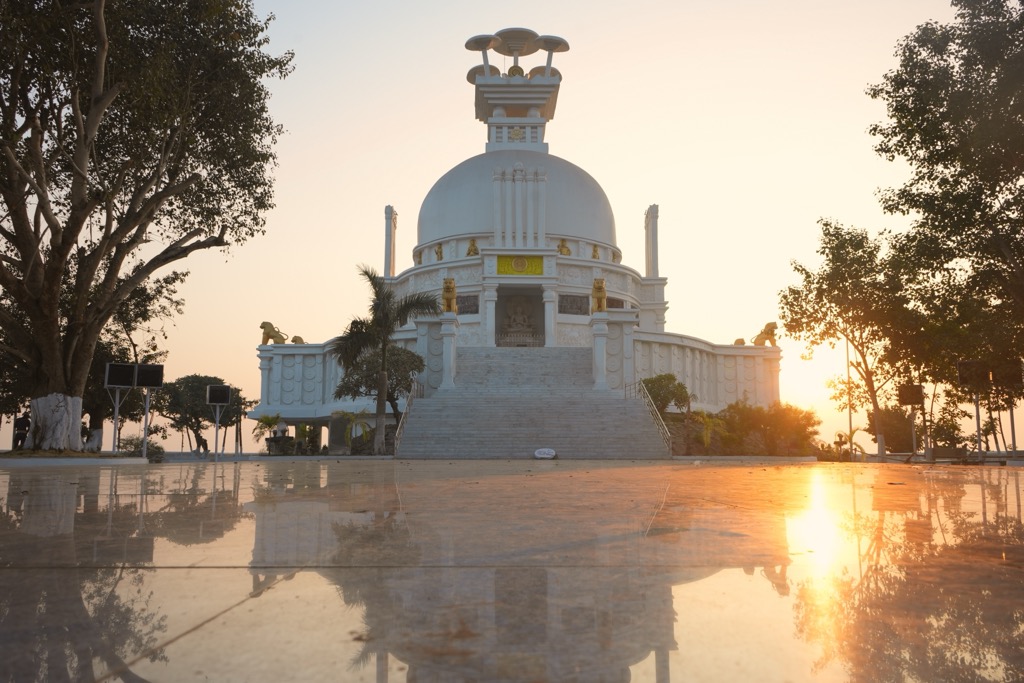
Like the rest of India, Odisha changed dramatically during the British colonial period. The Paika Rebellion of 1817, led by indigenous warriors, was one of India’s earliest resistance movements against British rule. Uninformed, heavy-handed, and sweeping colonial policies contributed to devastating famines like the Great Odisha Famine of 1866. The formation of a separate Odisha state in 1936 was based on the Odia language.
After independence, Odisha witnessed rapid industrialization, with the rise of industrial cities like Rourkela, Angul, and Paradeep. However, according to the 2011 census, it remains one of India’s most rural states, with 83.3% of the population living in rural areas.
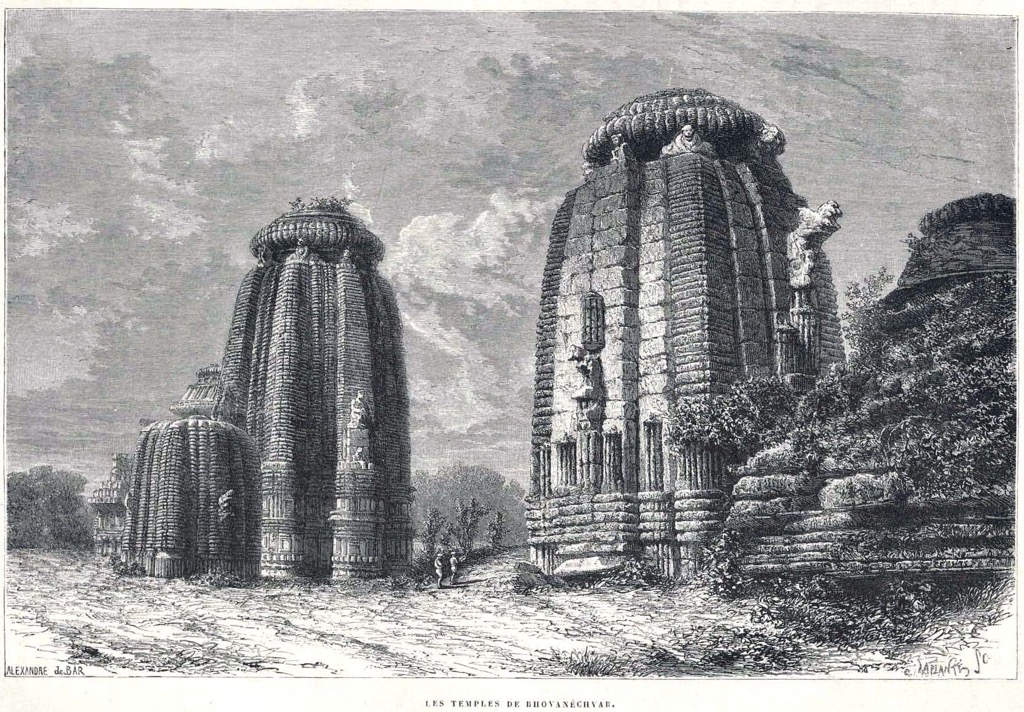
Starting in 1956, the state established Similipal as a tiger reserve. Subsequent declarations increased the reserve’s protected standing and eventually elevated it to the status of a Biosphere Reserve.
Odisha is also renowned for its conservation of Olive Ridley sea turtles, with the Gahirmatha Marine Sanctuary (1997) designated to protect their nesting sites. In 2002, the Bhitarkanika Mangroves were recognized as a Ramsar Wetland Site, preserving one of the largest estuarine ecosystems in India.
Additionally, Chilika Lake, once severely degraded, underwent successful restoration efforts, which led to its removal from the Montreux Record (a list of threatened Ramsar sites) in 2002.
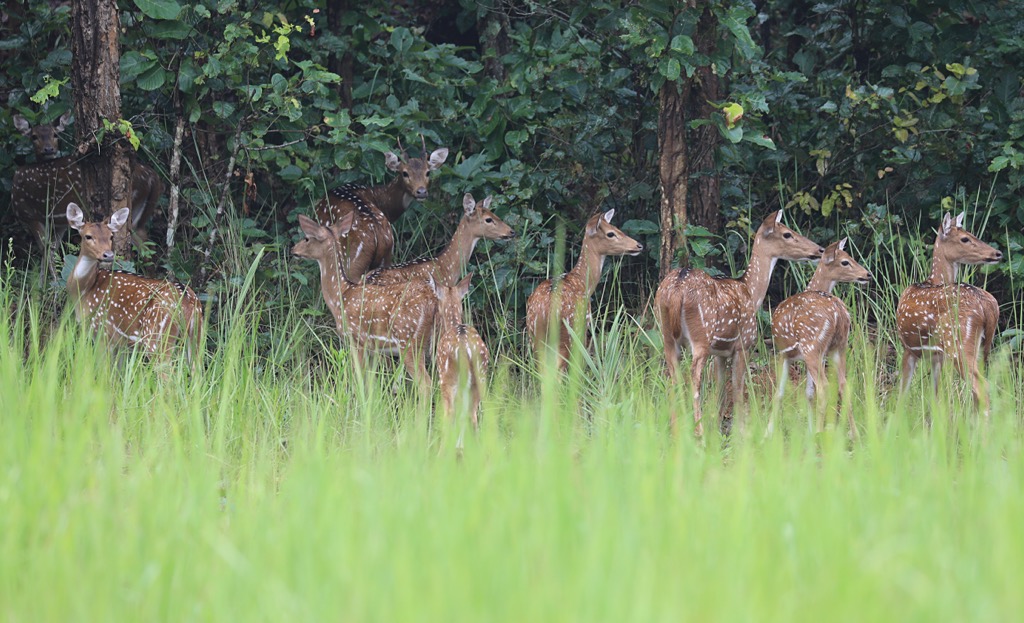
Odisha is a big state with hundreds of treks, from garden strolls to day hikes to multi-day expeditions. Here are a few of the most popular adventures:
The Khandadhar Waterfall Trek leads to Odisha’s highest waterfall, which plunges 244 meters into the dense forest below. The waterfall is one of the state’s most spectacular natural wonders. The trek is challenging, involving several hundred steps to reach the base. You can safely swim in the pools at the base. Also, there is lodging near the falls so you can spend some extended time there.
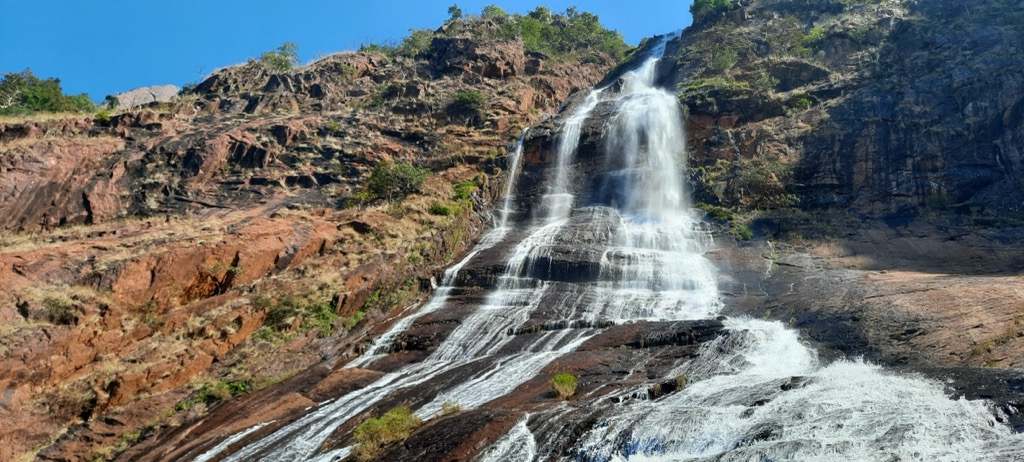
At 1,672 meters, Deomali is Odisha’s highest peak, surrounded by rolling meadows and verdant, subtropical forests. The trek is considered moderate and is suitable for both beginners and experienced hikers due to the road, which travels nearly to the top. However, you can also walk along paths to the summit if you prefer. Much of the enjoyment is driving along the countryside to access the hike.
Once there, Deomali often features mist-covered landscapes in the morning and breathtaking sunset views in the evening. It’s popular with photographers who can bring their equipment up in the car.
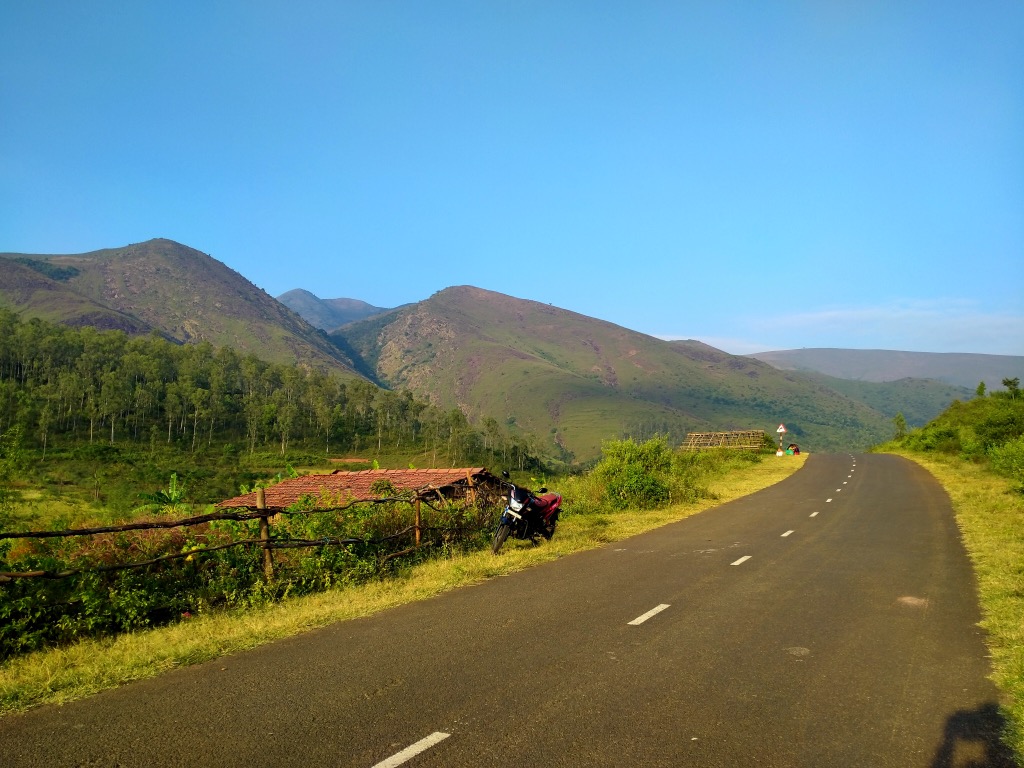
Nestled in the Eastern Ghats, Mahendragiri reaches 1,501 meters, making it one of Odisha’s highest peaks and also its most prominent. The trek is best known for its connection to the Mahabharata, as it is believed that the Pandavas meditated here during their exile. The trail winds through lush forests and rocky outcrops before leading to ancient Shiva temples.
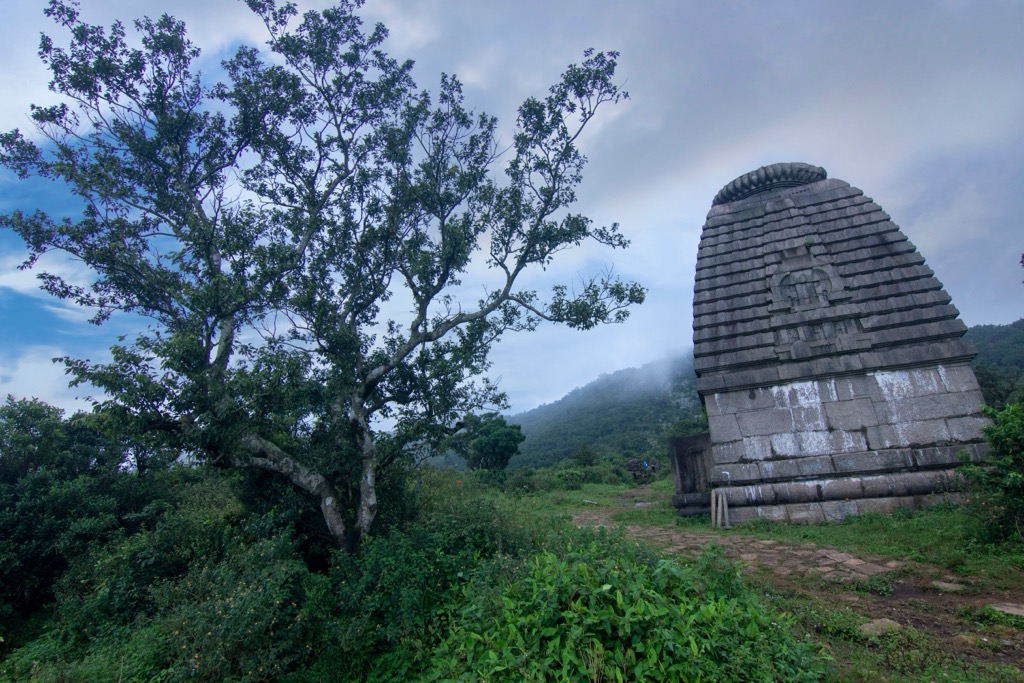
Located in the Bargarh and Balangir districts, the Gandhamardan Hills Trek is moderate to difficult. The mountain is home to ancient Harishankar and Nrusinghanath temples and is rich in medicinal plants, which are mentioned in the Ramayana as Hanuman’s mountain of herbs. The trek offers stunning views of waterfalls and forests.
Bhubaneswar is the capital of Odisha and the only city with a major airport. Anyone flying to this state will likely pass through Bhubaneswar, and it’s worth a few days to explore everything it has to offer. This "City of Temples" dates back over 3,000 years and is one of India’s oldest continuously inhabited cities. It’s home to magnificent temples, historical monuments, museums, bustling markets, and parks.
Near Bhubaneswar, Nandankanan Zoological Park is a renowned wildlife sanctuary and zoo famous for its white tigers, leopards, and rare bird species. Meanwhile, the Chandaka-Dampara Wildlife Sanctuary offers elephant safaris and trekking trails through thick forests. Visitors can also hike around Dhauli Hill, the site of the historic Kalinga War, where Emperor Ashoka embraced Buddhism.
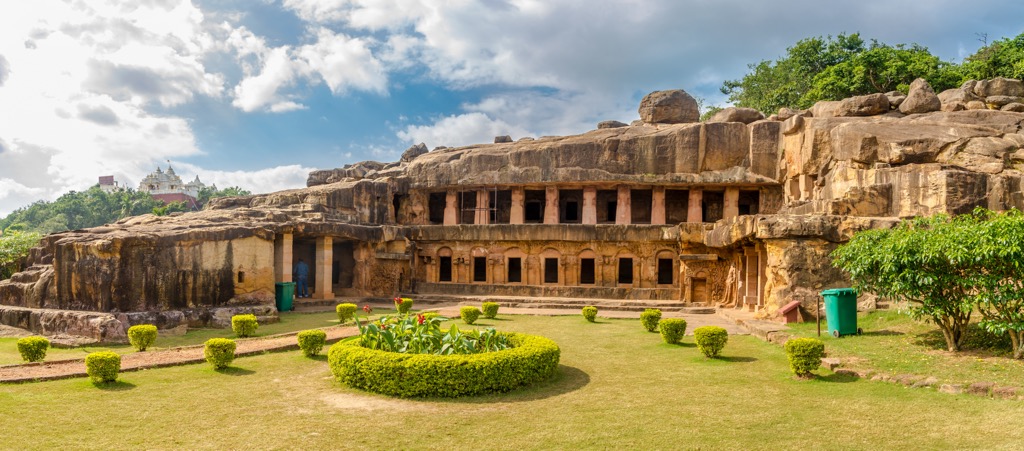
Bhubaneswar is renowned for its stunning Kalinga-style temples, with over 500 scattered throughout the city. The most famous is the Lingaraj Temple, an architectural masterpiece dedicated to Lord Shiva, dating back to the 11th century. The temple complex is one of the most revered pilgrimage sites in India.
Another must-visit temple is the Mukteshwar Temple, known for its elegant archway and detailed carvings that showcase Odisha’s finest temple art. Visitors can also explore the Rajarani Temple, dubbed the "love temple" due to its carvings of celestial beings. These monuments are significant pilgrimage sites, so preparing for crowds is a must. Outside of temples, the Odisha State Museum and Museum of Tribal Arts and Artifacts also provide insight into Odisha’s heritage.
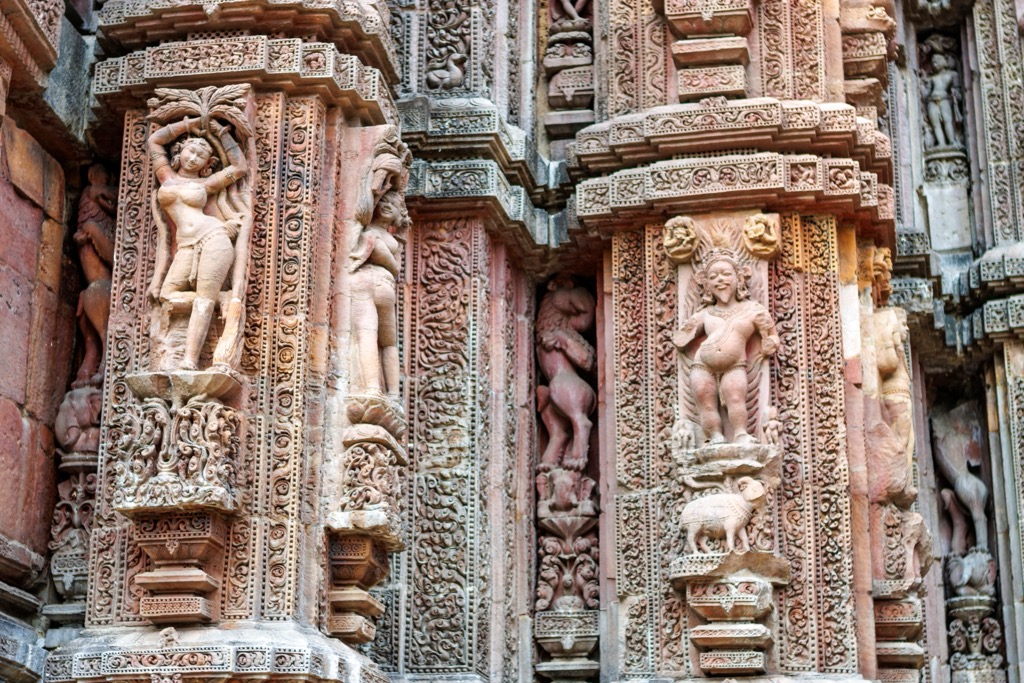
Similipal is the best town to visit in Odisha for nature and wildlife. Similipal is home to the Similipal Tiger Reserve, one of India’s most important reserves, home to at least 30 tigers as of 2024. The reserve is particularly famous for its population of rare black melanistic tigers. Visitors can explore the Similipal National Park on both jeep safaris and trekking routes. Tribal communities, such as the Santhal and Ho tribes, surround the town. In fact, there are 10,000 tribespeople across 61 villages throughout the tiger reserve.
The natural beauty surrounding Similipal includes some of the most spectacular waterfalls in Odisha. The Barehipani Waterfall, which cascades 399 meters (1,400 ft), is one of India’s tallest waterfalls. Another stunning waterfall is Joranda Falls, which plunges 150 meters in a single drop. Both waterfalls are located within the core area of Similipal National Park and can be accessed through scenic trekking routes. Birdwatchers can also explore Mugger Crocodile Pools and Chahala, where they can spot rare species like the Indian hornbill and crested serpent eagle.
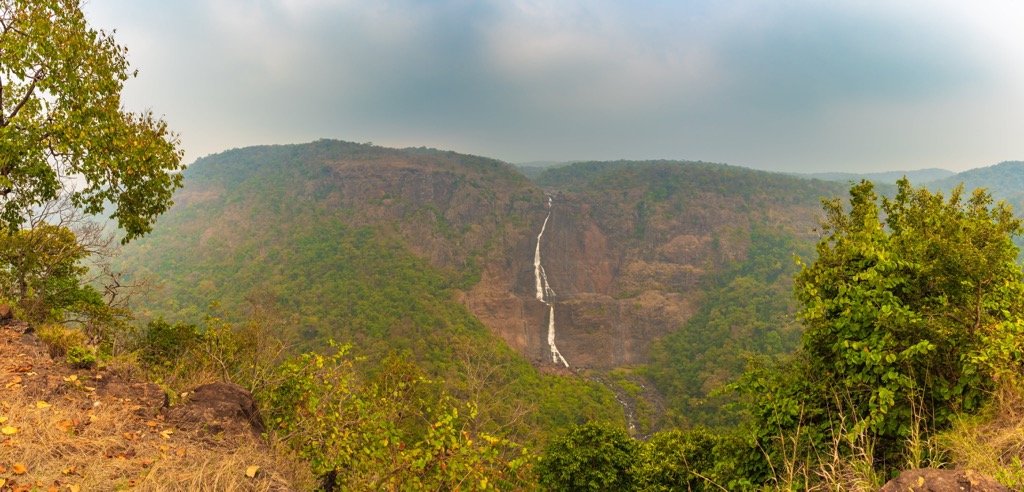
Puri is one of India’s most sacred pilgrimage destinations. It is famous for the Jagannath Temple, a major Hindu religious site. The temple’s annual Rath Yatra (Chariot Festival) draws millions of devotees from around the world. Visitors can also explore the town’s narrow lanes, lined with centuries-old mathas (monastic houses).
Puri is also known for its golden beaches and natural attractions. Just a short drive away is Chilika Lake, Asia’s largest brackish water lagoon, a haven for migratory birds and the rare Irrawaddy dolphins. Visitors can take a boat ride to Kalijai Island to experience the lake. Another natural attraction is the Balukhand-Konark Wildlife Sanctuary, a coastal forest reserve home to spotted deer, blackbucks, and olive ridley turtles.
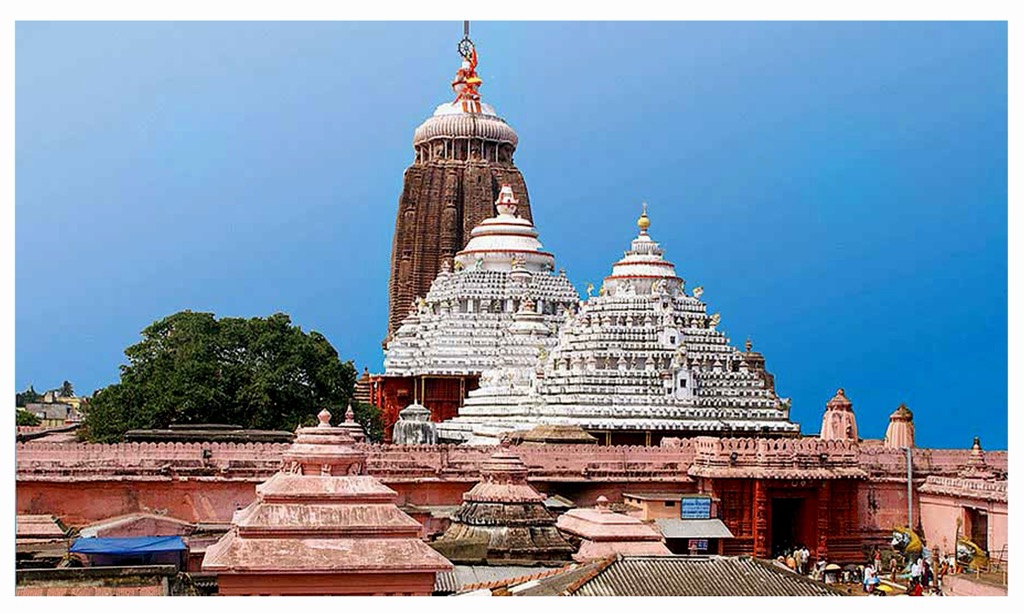
Explore Odisha with the PeakVisor 3D Map and identify its summits.








